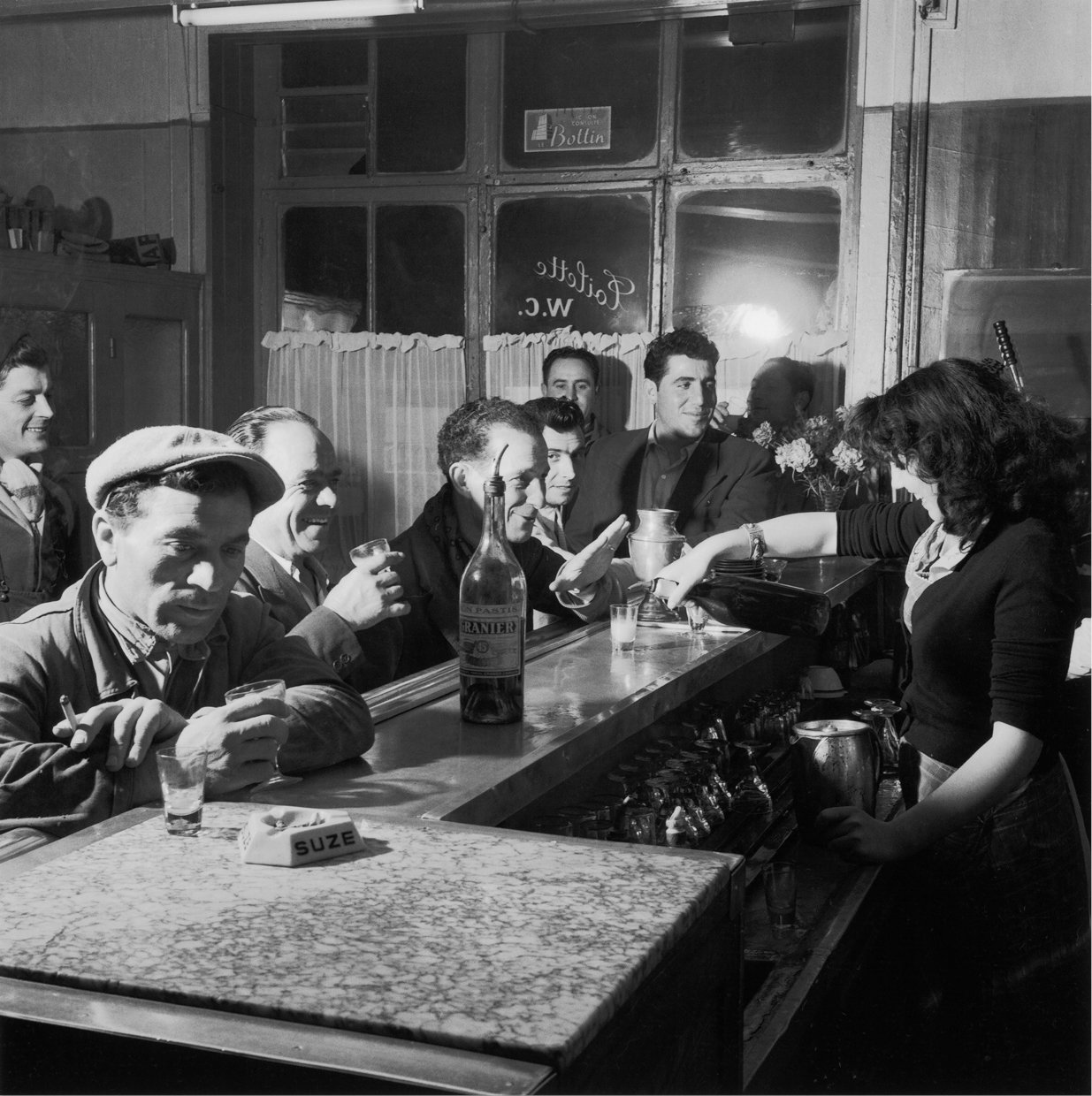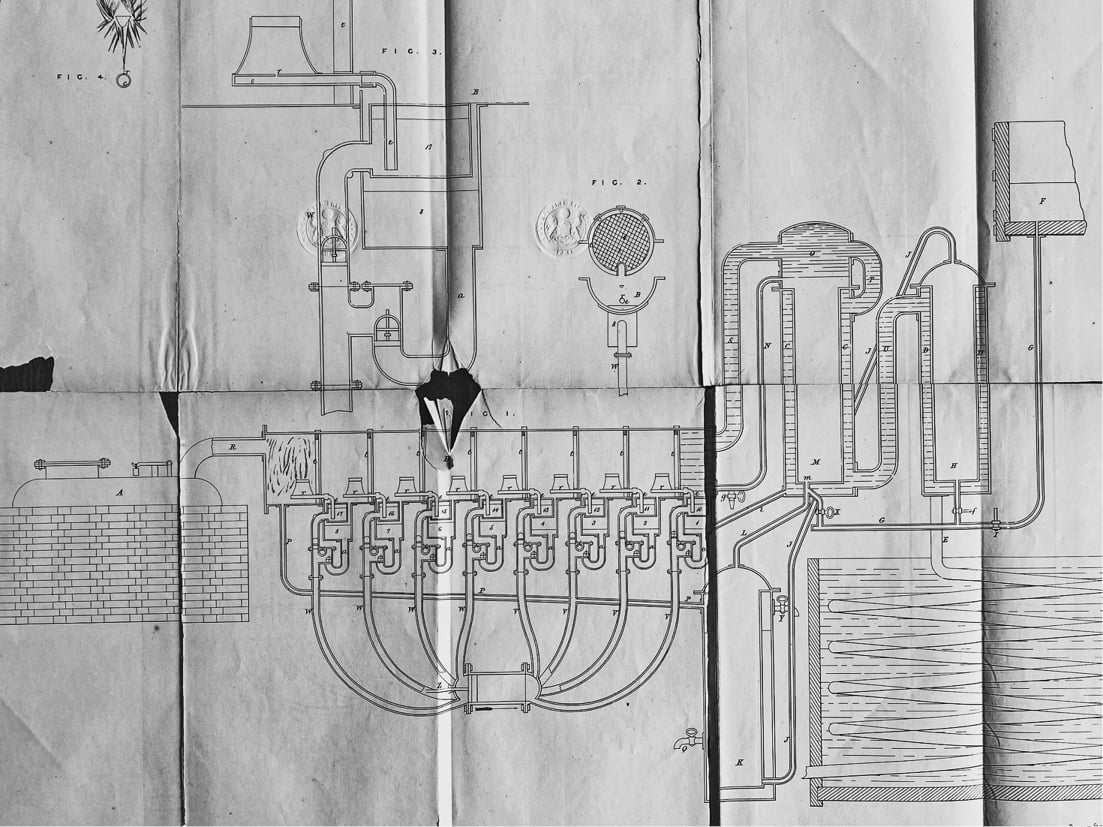Patrón tequila is the best-selling luxury brand of tequila in the world. The brand was born in 1989 when John Paul DeJoria (1944–), cofounder of the bestselling hair care company John Paul Mitchell Systems, commissioned architect Martin Crowley to buy locally made furniture and furnishings in Mexico. As an afterthought, DeJoria asked Crowley to bring back a few bottles of high-end tequila. Crowley began visiting distilleries and discovered Siete Leguas. See Siete Leguas.
Impressed with the sample, made from 100 percent Weber blue agave, DeJoria asked Crowley to order ten thousand cases. At the time, nearly all tequila sold in America was the cheaper mixto type, a blend of agave- and sugar-cane-based alcohols. See mixto. From the outset, DeJoria and Crowley tried to create a luxury tequila market by educating bartenders and drinkers alike about fine tequila. At $37.95 a bottle, Patrón was expensive when it launched. Other tequilas on the American market usually sold for less than half that amount.
The founders, however, were undeterred and started hitting the pavement to promote the brand. Their friends helped promote Patrón: Wolfgang Puck put the distinctive bottle behind the bar at his iconic Hollywood restaurant Spago, and later Clint Eastwood featured it in his film In the Line of Fire.
After several years of being produced at the Siete Leguas distillery, Patrón built its own facility in the highlands of Jalisco in 2002. Its master distiller, Francisco Alcaraz, uses traditional methods, including crushing the cooked agave with a giant volcanic stone tahona wheel. The brand now includes a range of premium tequilas (and a few tequila-based liqueurs as well), but despite growing exponentially, it still produces much of its base spirit the same way, tahona and all.
Known for its mild agave flavor and smoothness, Patrón built its phenomenal success not so much on an appeal to tequila connoisseurs as on its image as a luxury spirit favored by celebrities. In 2018, the brand was sold to the Bacardi company for $5.1 billion.
See also agave; Bacardi; Mexico; tahona; and tequila.
Rothbaum, Noah. The Business of Spirits. New York: Kaplan 2007.
Tickell, Rebecca Harrell, and Josh Tickell, dirs. Good Fortune. Ojai, CA: Big Picture Ranch, 2016.
By: Noah Rothbaum
 Drinking pastis in Martigues, outside of Marseilles, 1954. Source: Getty Images.
Drinking pastis in Martigues, outside of Marseilles, 1954. Source: Getty Images.
 A very rare and very fragile copy of the 1828 patent drawing for Robert Stein’s continuous still. The wash flows down from the top right, through the three vertical vessels, where it is heated by the vapor from the still or the spent wash moving through their jackets. Then it is fed via a manifold into the eight injectors that spray it into the chambers of the horizontal column, where steam coming from the boiler at left strips off the alcohol and passes via woven horsehair membranes from compartment to compartment until it escapes to surround the vertical vessels before going to the condenser, bottom right. It’s not elegant, but it did work. Source: Wondrich Collection.
A very rare and very fragile copy of the 1828 patent drawing for Robert Stein’s continuous still. The wash flows down from the top right, through the three vertical vessels, where it is heated by the vapor from the still or the spent wash moving through their jackets. Then it is fed via a manifold into the eight injectors that spray it into the chambers of the horizontal column, where steam coming from the boiler at left strips off the alcohol and passes via woven horsehair membranes from compartment to compartment until it escapes to surround the vertical vessels before going to the condenser, bottom right. It’s not elegant, but it did work. Source: Wondrich Collection.
